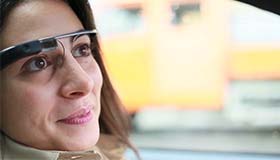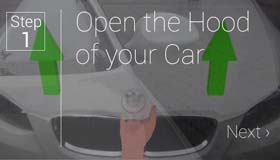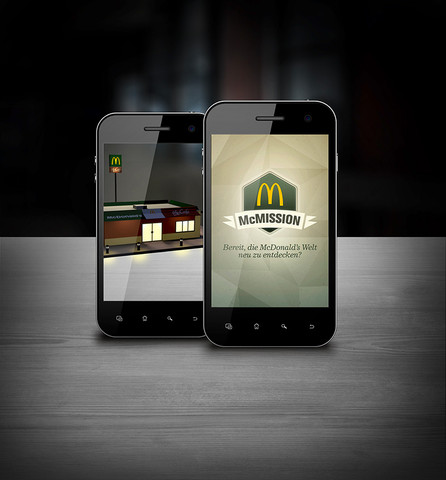 Fusion92 is a Chicago-based independent marketing innovation agency. The company helps growth-stage and Fortune 500 companies with marketing, media, creative services, innovation and consumer engagement.
Fusion92 is a Chicago-based independent marketing innovation agency. The company helps growth-stage and Fortune 500 companies with marketing, media, creative services, innovation and consumer engagement.
One of the newest marketing innovations from Fusion92 is the “Hologon,” a brand-engagement technology that allows consumers to experience holographic videos with a mobile device and Fusion92’s patent-pending viewer.
When the mobile device is directed to a designated URL and the viewer is placed on the surface of the horizontally held tablet or smartphone, the hologram comes to life before your eyes.
 Because the “Hologon” viewer is designed to pop-up and self-assemble, it can fold flat for insertion in magazines, direct mail, or product packaging. To optimize the user experience across various mobile devices, Fusion92 also developed a custom video player.
Because the “Hologon” viewer is designed to pop-up and self-assemble, it can fold flat for insertion in magazines, direct mail, or product packaging. To optimize the user experience across various mobile devices, Fusion92 also developed a custom video player.
“We’re extremely excited about the launch of Hologon. It’s a great representation of our skills, and we believe it has enormous market potential,” said Matt Murphy, Fusion92 president and CEO. “Creating innovative products and solutions is what we do. Hologon™ is another tangible example of how we help our clients break through the clutter ahead of their competition.”
“While the concept itself isn’t unique, the amount of R&D that went into this product to make it user friendly, scalable and accessible across all mobile devices was immense,” said Jacob Beckley, VP technology and innovation. “This product further demonstrates Fusion92’s commitment to the convergence of the digital and physical worlds.”
Since 2013, Fusion92, has been filing one to two patents a year. Those patents have focused mostly on advertising and marketing technologies that blend well with Fusion92’s integrated agency services model.
Learn more at www.fusion92.com
.





